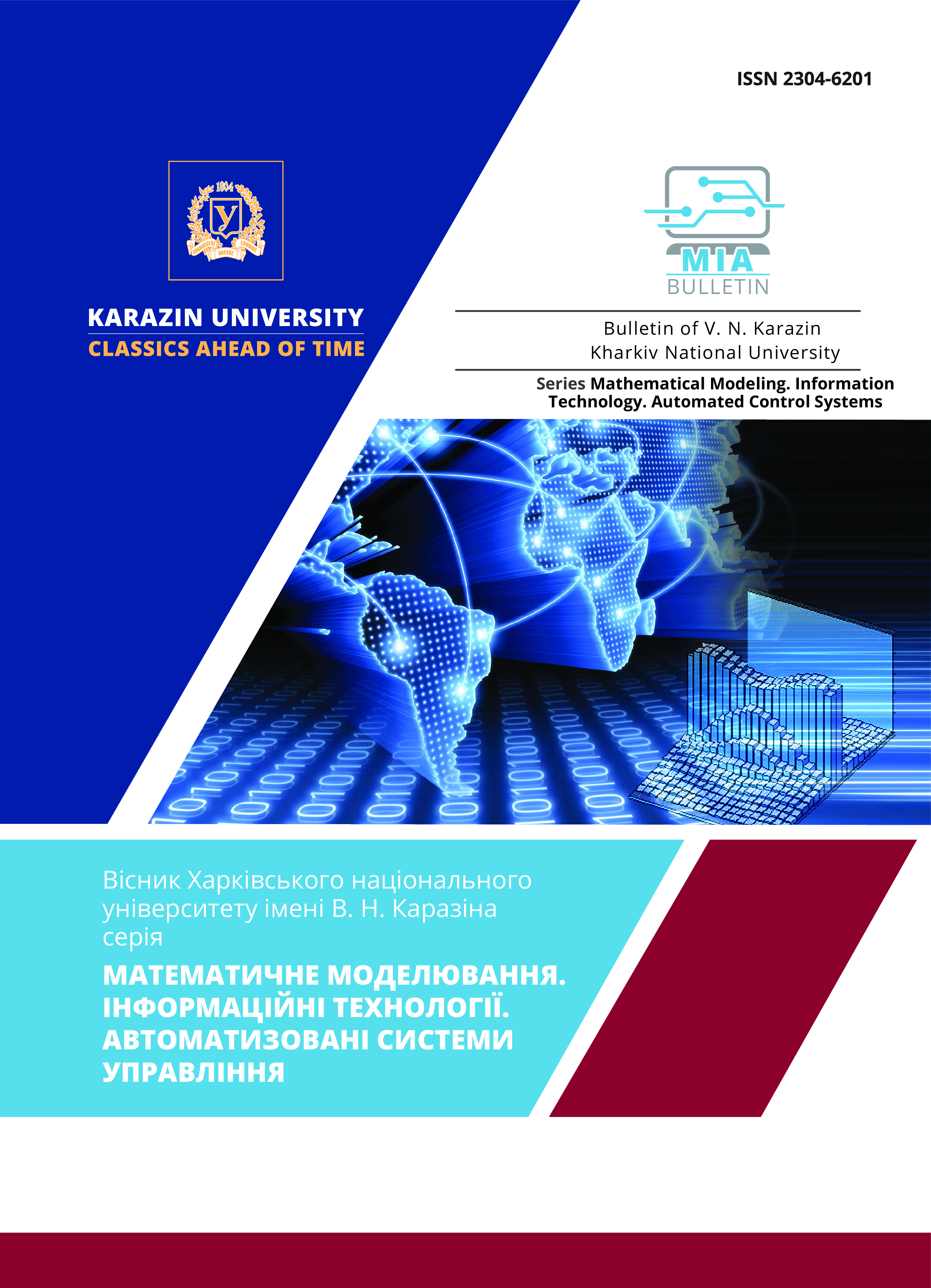Моделювання ламінарних течій нанорідин між двома коаксіальними циліндрами в мікрорідинних пристроях
Анотація
Роглядається ламінарна течія трьох незмішуваних нанорідин між двома співвісними циліндрами за рахунок постійного перепаду тиску на кінцях каналу. Пристінні шари можуть бути утворені за рахунок відштовхування наночастинок від шорсткостей стінок до ядра течії. Прийняті граничні умови прослизання другого порядку для швидкостей на стінках, а також умови безперервності швидкості і тангенціальних напружень на границях розділу між шарами. Отриманий аналітичний розв’язок системи для тиску і швидкостей руху рідин. Обчислені вирази для об’ємної витрати і напружень на стінках. Показано, що при деяких наборах параметрів моделі можна за рахунок тангенціального переносу імпульсу отримати значне підвищення витрати і зменшення в’язкої дисипації. Це дозволить підвищити ефективність різних мікрорідинних систем. Отримане також уточнення робочої формули для капілярного віскозиметра на випадок вимірювання в’язкості нанорідин. Виписаний аналітичний розв’язок може бути використаний для валідації чисельного коду для більш складних течії (перехідних, турбулентних) в схожій геометрії.
Завантаження
Посилання
/Посилання
M. Gad-el-Hak, MEMS Introduction and fundamentals. The MEMS Handbook, 2-nd ed., Taylor & Francis Group, LLC, 2006, 1720 p. https://doi.org/10.1201/9780429103872
G.E. Karniadakis, S. Garimella, D. Li, S. Kolin, M.N. King, Hear transfer and fluid flow in minichannels and microchannels. Elsevier, 2006, 450 p. https://www.elsevier.com/books/heat-transfer-and-fluid-flow-in-minichannels-and-microchannels/kandlikar/978-0-08-044527-4
V. Cherevko, N. Kizilova, “Complex flows of immiscible microfluids and nanofluids with velocity slip boundary conditions.” In: Nanophysics, Nanomaterials, Interface Studies, and Applications, Springer Proceedings in Physics, vol. 183, O. Fesenko, L. Yatsenko (eds.), 2017, P. 207–230. https://www.springer.com/gp/book/9783319562445
K. Ting, A.K. Mozumder, P.K. Das, “Effect of surface roughness on heat transfer and entropy generation of mixed convection in nanofluid”, Physics of Fluids, 2019, Vol. 31, 093602. https://doi.org/10.1063/1.5111104
Y. Qin, J. Zhao, Zh. Liu, et al., “Study on effect of different surface roughness on nanofluid flow in nanochannel by using molecular dynamics simulation”, Journal of Molecular Liquids. 2021, 14, 117148. https://doi.org/10.1016/j.molliq.2021.117148
P.M. Patil, S.H. Doddagoudar, P.S. Hiremath, “Impacts of surface roughness on mixed convection nanofluid flow with liquid hydrogen/nitrogen diffusion”, International Journal of Numerical Methods for Heat & Fluid Flow, 2019, Vol. 29, No. 6, pp. 2146-2174. https://doi.org/10.1108/HFF-11-2018-0703
L. Batyuk, N. Kizilova, “Modeling of laminar flows of erythrocyte suspensions as Bingham fluids”, Bulletin of Taras Shevchenko National University of Kyiv, Series: Physics and Mathematics, 2017, Vol.56(4), P. 23-28 [in Ukrainian]. https://bphm.knu.ua/index.php/bphm/issue/view/56
S.A. Regirer, ‘Lectures on biological mechanics”, Moscow State University Press, 1980, 144 p. [in Russian]. https://rusneb.ru/catalog/000199_000009_001049464/
Gad-el-Hak M. MEMS Introduction and fundamentals. The MEMS Handbook, 2-nd ed., Taylor & Francis Group, LLC, 2006. 1720 p. https://doi.org/10.1201/9780429103872
Karniadakis G.E., Garimella S., Li D., Kolin S., King M.N. Hear transfer and fluid flow in minichannels and microchannels. Elsevier, 2006. 450 p. https://www.elsevier.com/books/heat-transfer-and-fluid-flow-in-minichannels-and-microchannels/kandlikar/978-0-08-044527-4
Cherevko V., Kizilova N. Complex flows of immiscible microfluids and nanofluids with velocity slip boundary conditions. Nanophysics, Nanomaterials, Interface Studies, and Applications, Springer Proceedings in Physics, vol. 183, O. Fesenko, L. Yatsenko (eds.). 2017. P. 207–230. https://www.springer.com/gp/book/9783319562445
Ting K., Mozumder A.K., Das P.K. Effect of surface roughness on heat transfer and entropy generation of mixed convection in nanofluid. Physics of Fluids. 2019. Vol. 31, 093602. https://doi.org/10.1063/1.5111104
Qin Y., Zhao J., Liu Zh., et al. Study on effect of different surface roughness on nanofluid flow in nanochannel by using molecular dynamics simulation. Journal of Molecular Liquids. 2021, 14. 117148. https://doi.org/10.1016/j.molliq.2021.117148
Patil P.M., Doddagoudar S.H., Hiremath P.S. Impacts of surface roughness on mixed convection nanofluid flow with liquid hydrogen/nitrogen diffusion. International Journal of Numerical Methods for Heat & Fluid Flow. 2019. Vol. 29(6), pp. 2146-2174. https://doi.org/10.1108/HFF-11-2018-0703
Батюк Л. В., Кізілова Н. М. Моделювання ламінарних течій суспензій еритроцитів крові як бінгамівських мікрорідин. Вісник КНУ імені Т.Г.Шевченко. Серія «Фізико-математичні науки». 2017. Вип. 4. С.23-28. https://bphm.knu.ua/index.php/bphm/issue/view/56
Регирер С.А. Лекции по биологической механике. М.: Изд-во МГУ. 1980. 144с. https://rusneb.ru/catalog/000199_000009_001049464/




